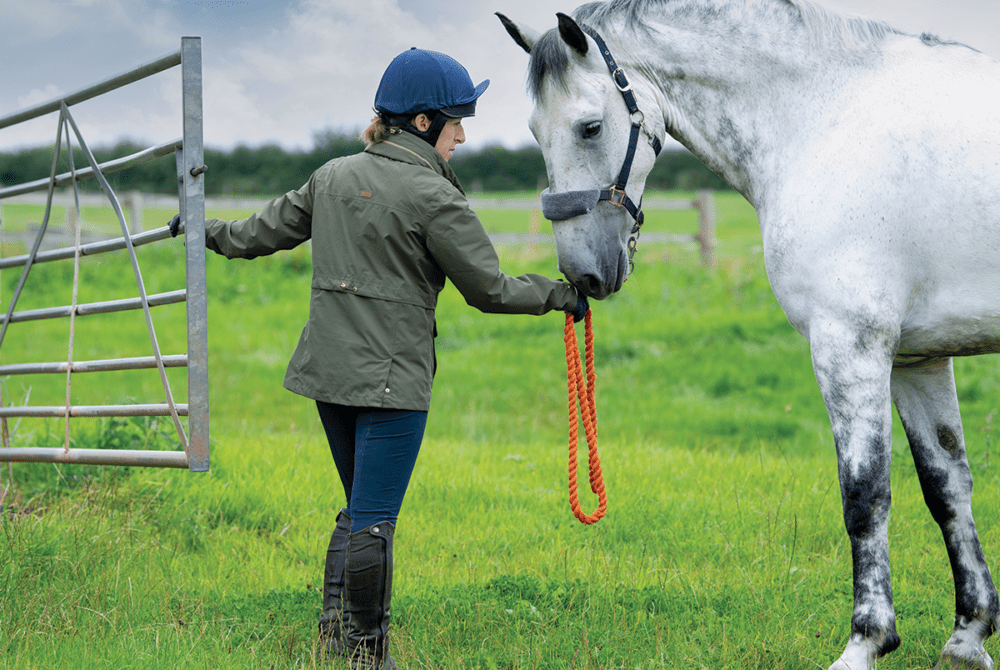Manners cost nothing and can go a long way when gaining mutual respect with your horse
Posted 22nd December 2021
Having a mannerly horse will benefit you in all sorts of ways while handling and riding him. Mutual respect and consistency are key – here’s how to achieve them

Building and maintaining a trusting relationship with your horse is essential for a happy partnership. But it’s important to not overlook the obvious – he’s a large, powerful and potentially dangerous animal.
In their simplest form, manners are respect for yourself and those around you. With this in mind, educating your horse to be pleasant to deal with isn’t about being rough or hard on him, rather it’s about consistency and developing mutual respect. Fortunately, it’s never too late to start – whether you own a young horse or schoolmaster who’s seen it all and become a bit set in his ways, there’s plenty you can do, beginning today, to educate him.
Building trust
Instilling manners is about building trust between you and your horse. There are certain situations that you may put him in – such as being tied up outside, which is a vulnerable position for a prey animal – that he needs to know are safe for him.
This is where consistency and patience from you are the most important things to remember. That doesn’t mean not standing your ground if he pushes too far – kind and firm is the approach we’re after.
Back it up
Having a horse who’ll take a few steps backwards when asked is key. Like a car without reverse, a horse who doesn’t go backwards is incredibly awkward to handle.
To teach your horse to step back, choose a quiet location on the yard or in the arena, where his focus is on you. Put pressure on his chest with one hand and use the other to keep hold of the rope or reins so he can’t step forward. Use a click or voice command of ‘back’ if he needs a little extra encouragement.
Reward him when he steps back, then move him forward a few steps before asking him to repeat it. Keep practising, particularly at field or yard gates, so he starts to understand your aids in different scenarios.
Can’t go backwards
It’s worth noting that there are neurological conditions that can affect a horse’s ability to step backwards. If you’re worried that your horse really can’t do it, or he does something strange or looks unstable when you ask him to step back, speak to your vet.
Taking a walk
From a safety perspective, the importance of teaching your horse to walk next to you quietly when heading out to the field or going out for a pick of grass can’t be overstated.
A lunge line is a handy addition for a horse who wants to take charge, as is a bridle if you need a bit of extra control. Attach the line to the bridle either via an overhead check (where the line runs up from your hand through the bit ring, over the headpiece and clips onto the bit ring on the other side) or from one side of the bit to the other under his chin, remembering to wrap the line round the bit once on the way to prevent it from constantly being in contact with his chin.
Want more exercises to help encourage your horse’s manners? Then pick up a copy of February Horse&Rider on sale 30 December 2021











